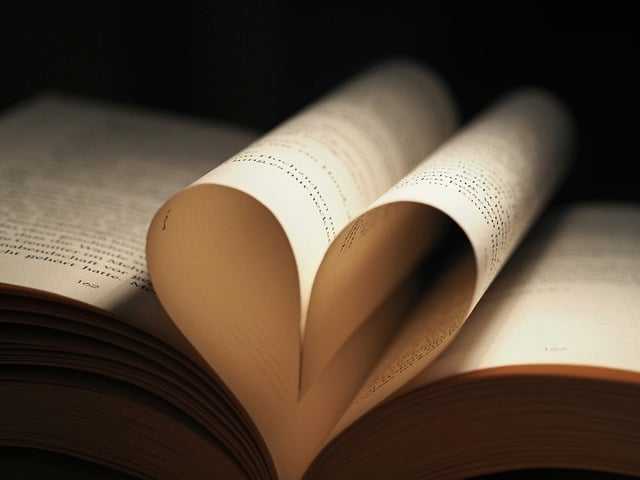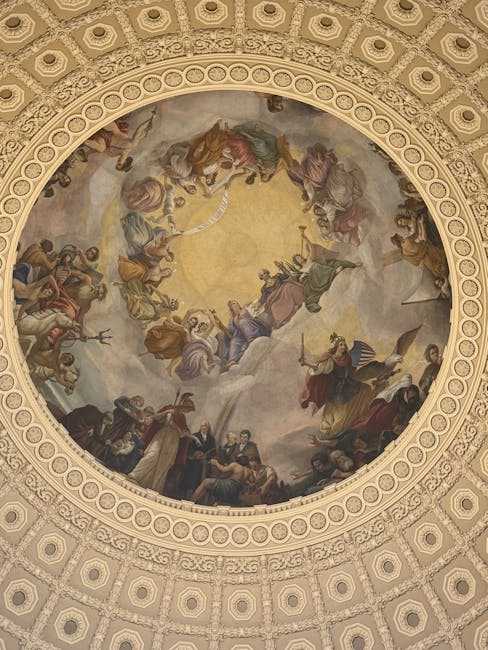Table of Contents
- Exploring the Symbolism of Waves in Art
- Techniques for Capturing the Fluidity of Water
- Famous Artists Who Mastered Wave Representation
- Practical Tips for Incorporating Waves into Your Own Artwork
- Q&A
- Concluding Remarks


Exploring the Symbolism of Waves in Art
The representation of waves in art is not merely a depiction of nature’s grandeur; it often embodies deeper meanings and emotions. For many artists, waves symbolize change, reflecting the constant ebb and flow of life. This tumultuous aspect of water can represent the highs and lows one experiences, encapsulating feelings of joy and sorrow. In paintings, waves often become a metaphor for life’s unpredictable nature, inviting viewers to immerse themselves in a dynamic dialogue about existence.
Moreover, waves can also signify transformation. They can represent personal growth, where one must navigate the tumultuous waters of their inner struggles to surface renewed. Artists like Hokusai have famously captured this aspect through dramatic representations of sea swells, illustrating both the beauty and peril of nature. The visual impact of crashing waves can evoke a sense of awe and fear, reminding us that while challenges are inevitable, they can lead to profound personal shifts.
In addition to representing emotional states, the imagery of waves often points to cultural and spiritual interpretations. In various traditions, water is revered as a life source, and waves can symbolize the connection between the physical and spiritual realms. Many indigenous cultures incorporate wave myths into their art, using fluid forms and rhythmic lines to communicate their stories. This layering of symbolism adds depth to the artwork, prompting viewers to consider their own relationships with water, spirituality, and the environment.
viewing waves through a historical lens reveals their continual evolution in art movements. From the Impressionists, who captured the movement and play of light on water, to the Expressionists, who used turbulent waves to convey inner turmoil, the representation of waves reflects the zeitgeist of each era. To illustrate this evolution, the following table summarizes notable wave representations across different art movements:
| Art Movement | Notable Artist | Artwork Example |
|---|---|---|
| Romanticism | J.M.W. Turner | The Slave Ship |
| Impressionism | Claude Monet | Impression, Sunrise |
| Expressionism | Edvard Munch | The Scream |
| Modernism | Jackson Pollock | Untitled (Number 5) |
These artistic representations exemplify how waves channel a multitude of meanings, forming a bridge between the viewer and the intense feelings that the ocean can evoke. Through careful analysis of these works, one can appreciate the undulating significance of waves in art—offering a glimpse into both the soul of the artist and the larger human experience.
Techniques for Capturing the Fluidity of Water
To effectively convey the mesmerizing fluidity of water, artists often rely on a combination of techniques that play with light, color, and movement. One powerful method is the use of color gradation. By blending hues smoothly, artists can mimic the reflection and refraction of light on water’s surface, creating a sense of depth and realism. This technique draws the viewer’s eye and evokes the transient nature of waves, capturing their ever-changing character.
In addition to color, the brushwork style plays a crucial role in representing water’s dynamic motion. Artists might choose to employ loose, sweeping strokes to evoke the rolling waves, or short, energetic dabs to illustrate splashes and ripples. This approach not only adds texture but also stimulates the viewer’s imagination, encouraging them to feel the rhythm of the ocean. Experimenting with various tools, such as palette knives or sponges, can further enhance these effects, providing a more tactile representation.
Another effective technique is the incorporation of reflections and shadows. By carefully observing how waves interact with light, artists can create optical illusions that add complexity to their compositions. Utilizing darker tones to depict shadows alongside brighter highlights can ground the water elements, giving a three-dimensional quality to the painting. These elements work in tandem, inviting viewers to appreciate both the tranquility and turbulence that water embodies.
many artists find inspiration in the use of layering. This process involves applying multiple transparent or semi-transparent washes, each adding depth and vibrancy to the composition. The layering technique can simulate the way water flows and overlaps, producing an almost hypnotic effect. By varying the thickness and opacity of washes, an artist can manipulate the viewer’s perception of distance and movement, providing a more immersive experience.


Famous Artists Who Mastered Wave Representation
Throughout art history, several renowned artists have demonstrated exceptional skill in representing waves, capturing both their physical beauty and emotional depth. Hokusai, a Japanese ukiyo-e artist, is famous for his iconic woodblock print, “The Great Wave off Kanagawa.” This artwork not only showcases the dynamic force of nature but also symbolizes the persistent struggle between humanity and the sea. The swirling patterns of the waves display a mastery of line and form, echoing traditional Japanese aesthetics while influencing Western artists for generations.
Moving beyond Asia, J.M.W. Turner, an English Romantic painter, is celebrated for his ability to convey the sublime nature of water. His works, particularly ”The Fighting Temeraire” and “Rain, Steam and Speed,” exemplify the intertwining of light and atmosphere with the turbulent movement of waves. Turner’s innovative use of color and brushwork creates an ethereal quality, prompting viewers to experience the emotional resonance of the sea’s majesty and fury.
In the 19th century, Claude Monet brought another dimension to wave representation through his impressionist technique. His series of paintings of the ocean, such as “Impression, Sunrise” and “Water Lilies,” capture the fleeting effects of light on water’s surface. Monet’s application of short, broken brush strokes allows the waves to shimmer and dance, immersing the viewer in the ever-changing qualities of water. This style reflects a deep connection with the natural world, emphasizing ephemeral beauty.
Lastly, modern artists like Winslow Homer used waves to explore human experiences and narratives. His paintings, such as “The Lifeline” and “Breezing Up,” blend realism with emotional storytelling, often portraying people in harmony or struggle with the sea. Homer’s ability to depict the turbulence of waves serves as a backdrop for themes of bravery and resilience, creating an engaging dialogue between the figures and the powerful elements of water that surround them.


Practical Tips for Incorporating Waves into Your Own Artwork
Incorporating waves into your artwork can breathe life into your compositions, evoking emotion and movement. To begin, observe the rhythm and flow of water. Study various types of waves—gentle ripples, crashing surf, or stormy seas. Each type offers a different aesthetic and emotional tone. You might consider sketching these waves in a notepad or using digital tools to capture their essence, paying attention to their shapes and how they react to light.
When it comes to color palettes, choose colors that reflect the feeling you want to convey. Cool blues and teals can create a serene atmosphere, while dark, moody colors might evoke drama or turmoil. Consider incorporating a gradient technique to mimic the transition between deep ocean blues and bright, sunlit shallows. Blend these colors seamlessly to depict the interplay of light on the water’s surface, enhancing the visual depth of your waves.
Texture plays a crucial role in representing waves. To achieve a realistic appearance, experiment with different brush strokes and techniques. Use short, sweeping motions for softer waves and jagged strokes for tumultuous seas. You may also employ palette knives or sponges to add unique textures that mimic foam and spray. Layering your paint can deepen the effect—start with a base layer of color to establish the wave shape, then build up lighter shades to illustrate the crest and the foamy details.
Lastly, consider the composition of your artwork. Positioning waves effectively within your canvas can significantly impact the overall balance. Use the rule of thirds to guide where your waves should be placed; this creates visual interest and directs the viewer’s eye. Incorporating elements like a rocky shore or distant sailboats can provide context, framing the waves beautifully and giving your piece a narrative quality. Think about how the waves interact with these elements, leading the viewer’s gaze across the painting.
